| Vintage Pulp | Jun 10 2019 |

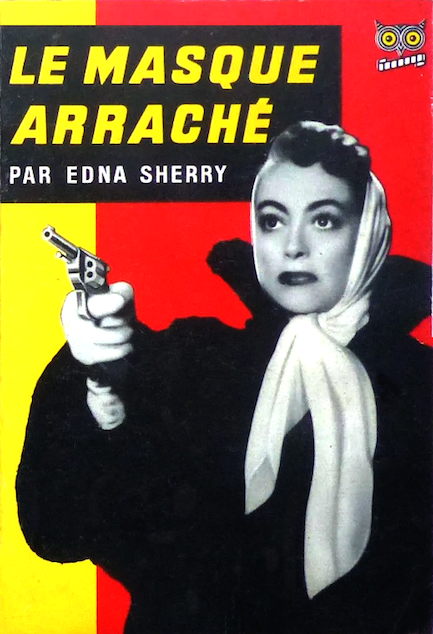
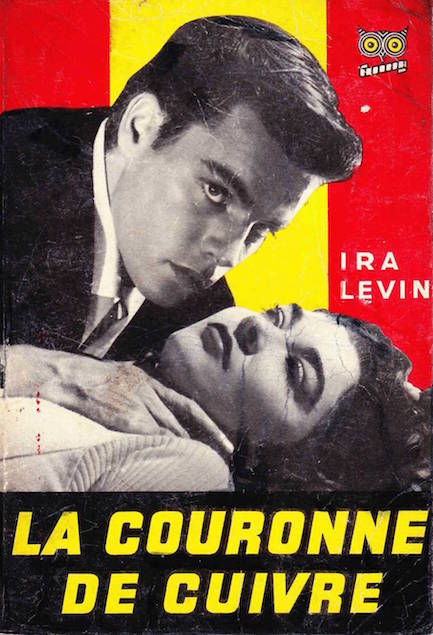
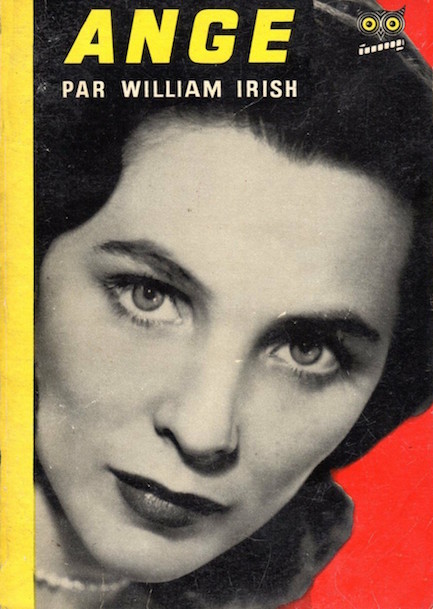
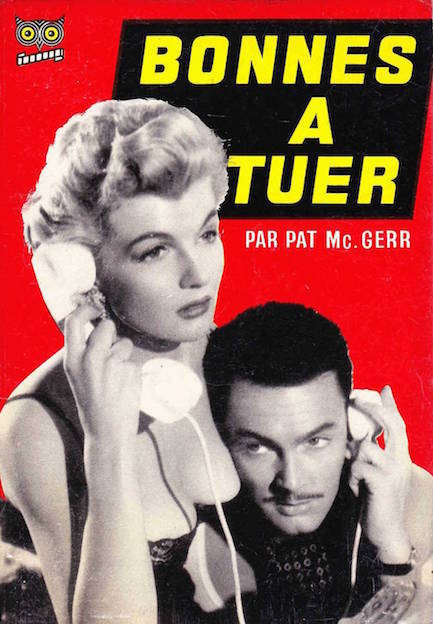
| Vintage Pulp | Jun 23 2018 |

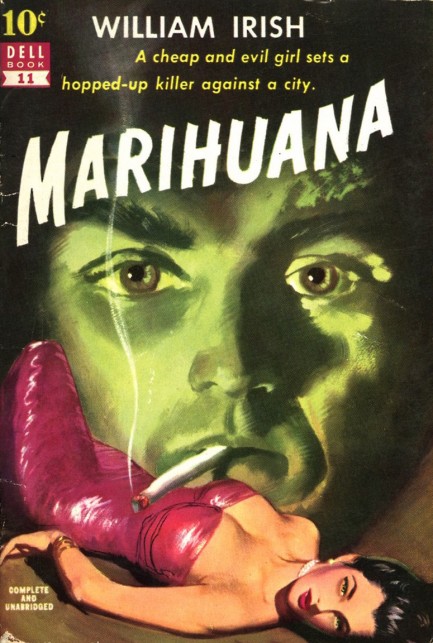
| Vintage Pulp | May 27 2017 |

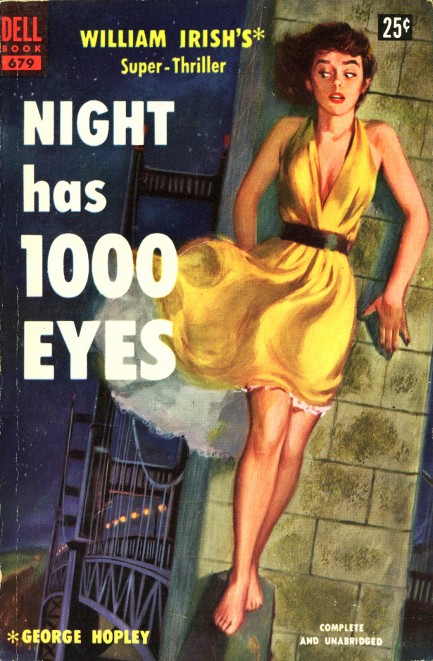
This awesome cover art is by Tommy Shoemaker, a new talent to us, but not to more experienced paperback illustration aficionados, and his work fronts William Irish's The Night Has 1000 Eyes. The cover alone got us into this one. It tells the story a woman who has been burdened with very dark—and very real—predictions about the future, forecasts far too specific to be lucky guesses. For example, she's told she'll meet a woman who wears a diamond watch around her knee, and it comes true when one of her friends asks to borrow a garter, then raises her skirt to show how she's dealt with her broken one by fastening her watch around her stocking. Given that these predictions are so specific, the crucial announcement that the woman's father will be killed by a lion seems utterly unavoidable, even though they live in the middle of a metropolis.
The cover may seem to remove the need to read the novel, but don't worry—it actually depicts not the climax or any point in the middle, but the first several pages, in which a beat cop comes across a woman determined to leap from a bridge. It's after he rescues her that we learn the bizarre story of why she's there. Irish, aka George Hopley, aka Cornell Woolrich, is perhaps a bit too reiterative with his prose in this one, tending to belabor his points after they've been fully made, to the extent that the novel feels a bit like it's been padded out to reach a word threshold. Minor flaw. Even if you're periodically tempted to skip some of the existentialism 101 musings, Irish/Hopley/Woolrich weaves a compelling tale here—one later made into a film noir starring Edward G. Robinson—and it's well worth the time spent.
| Vintage Pulp | Oct 16 2013 |

You know we like themed cover collections. Over at Killer Covers a few days ago there were two book fronts featuring people falling from a height. A light bulb went off and we realized this represented yet another common pulp art motif. As with our other collections, some of these images are from Flickr, so thanks to the original uploaders on those, and thanks to Killer Covers for the two we borrowed from there. To see one more great falling cover we posted a while back, go here.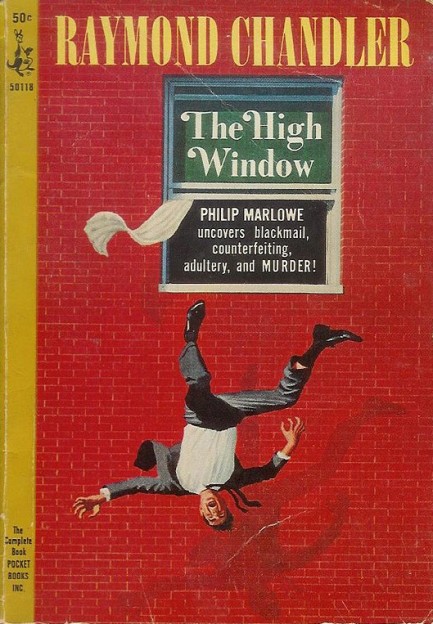
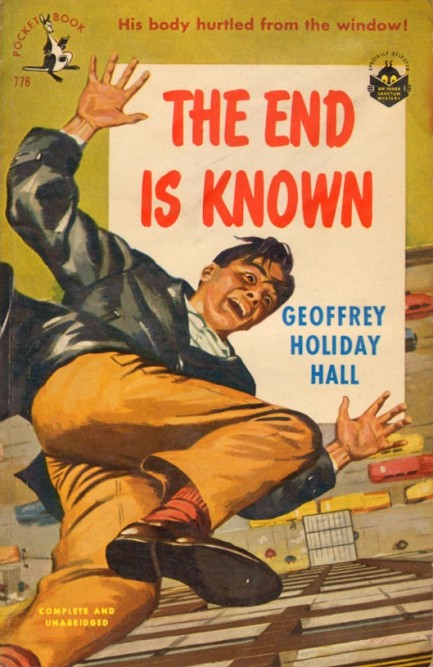

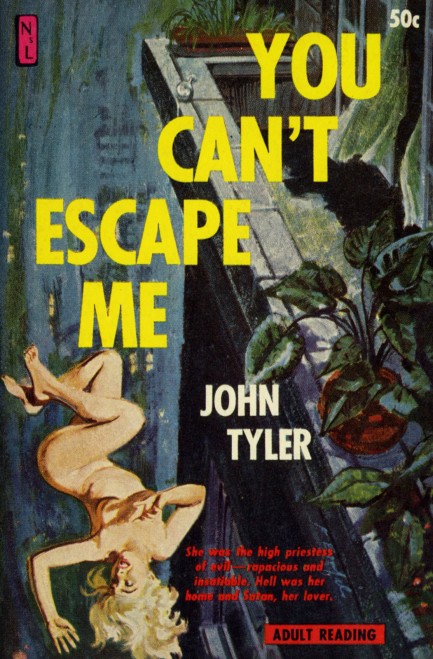
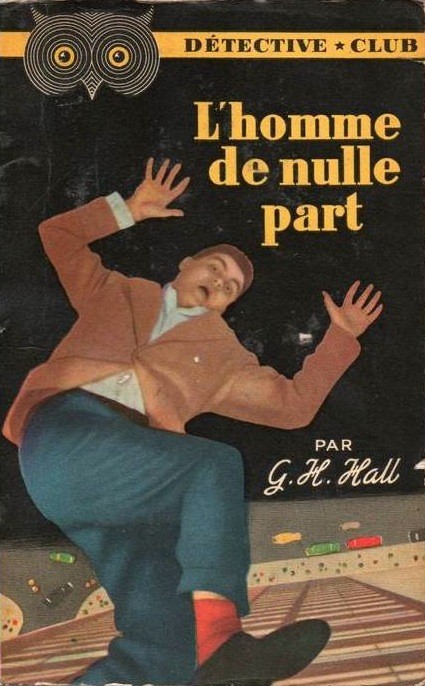
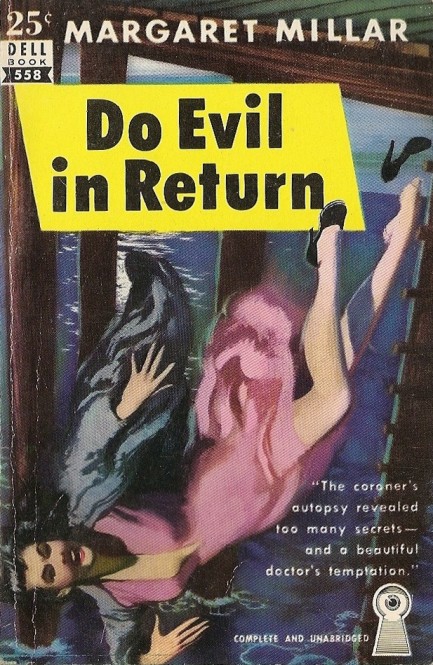
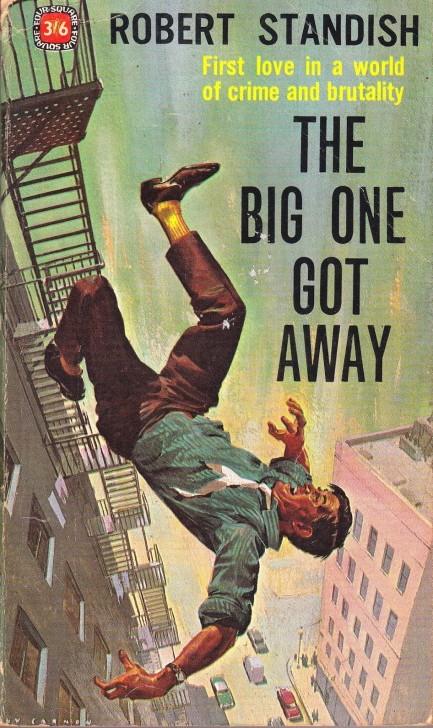
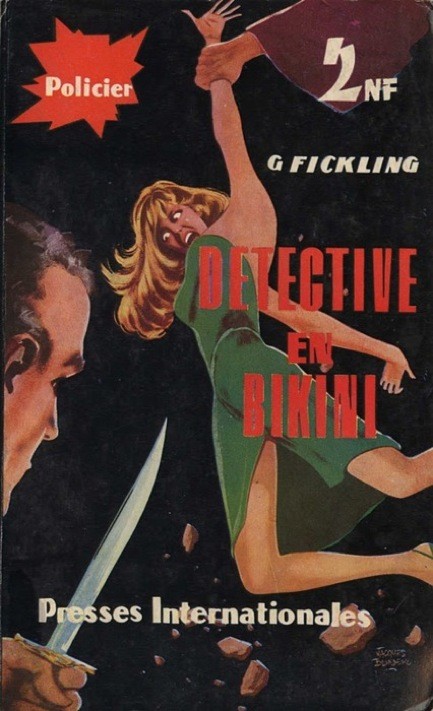
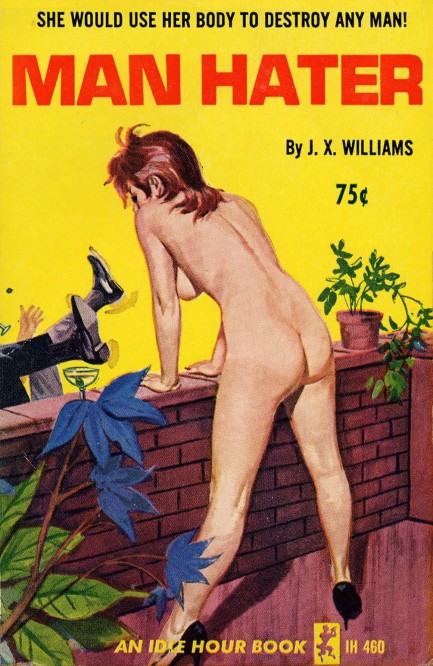
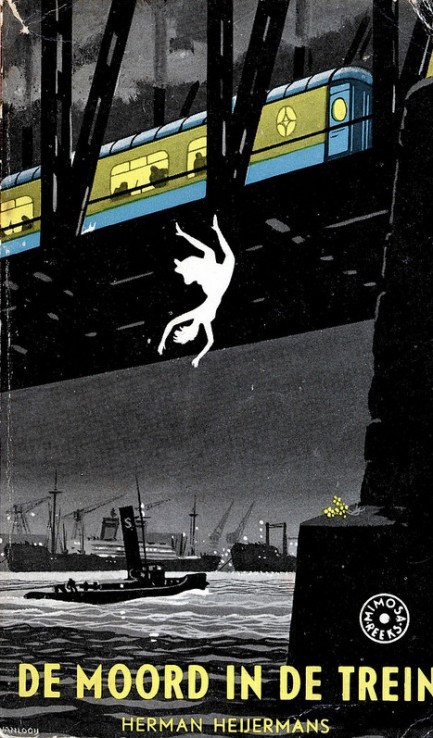
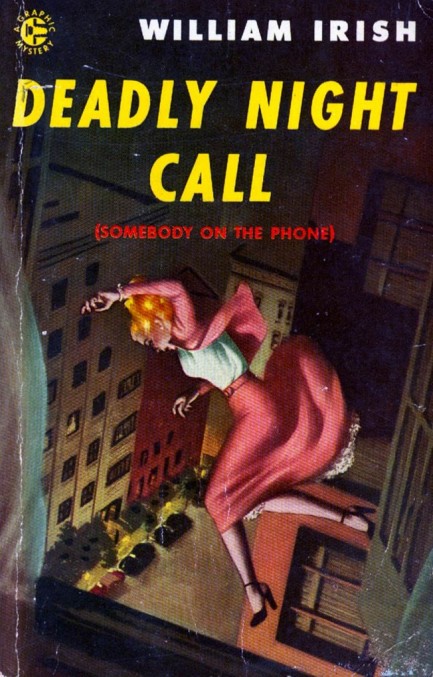
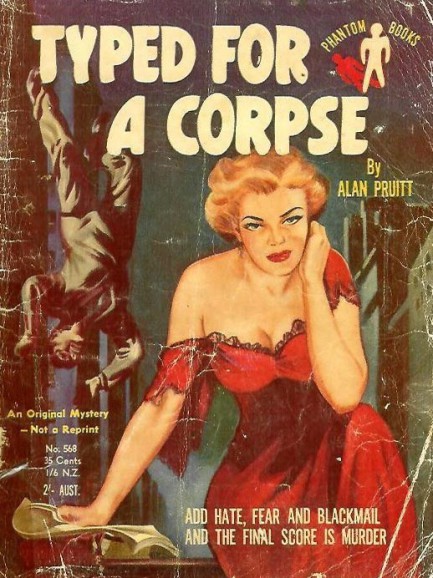
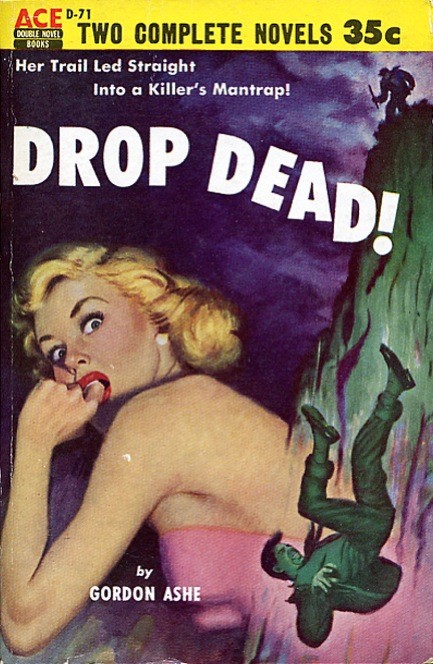
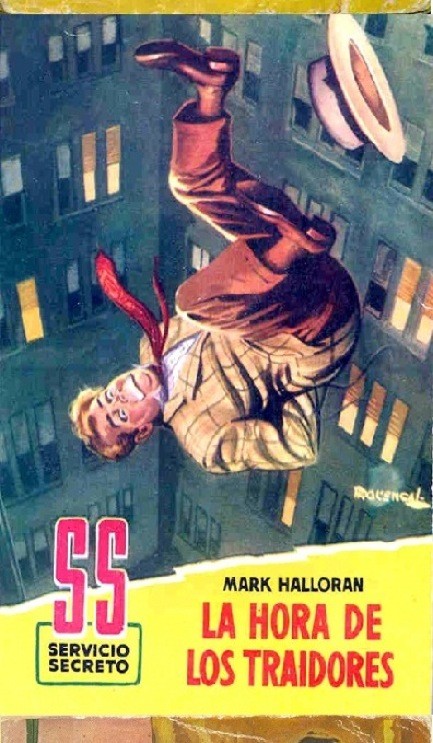
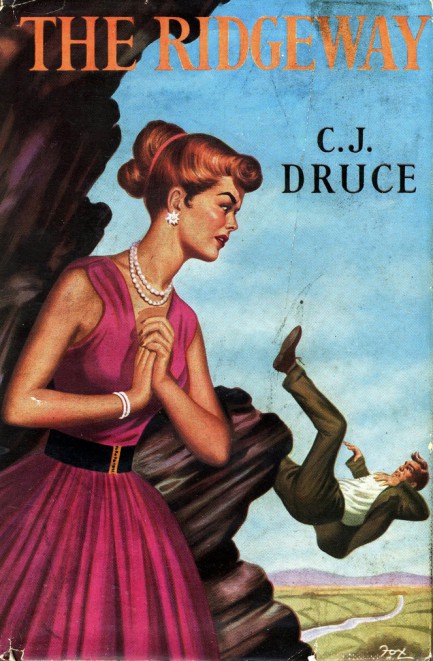
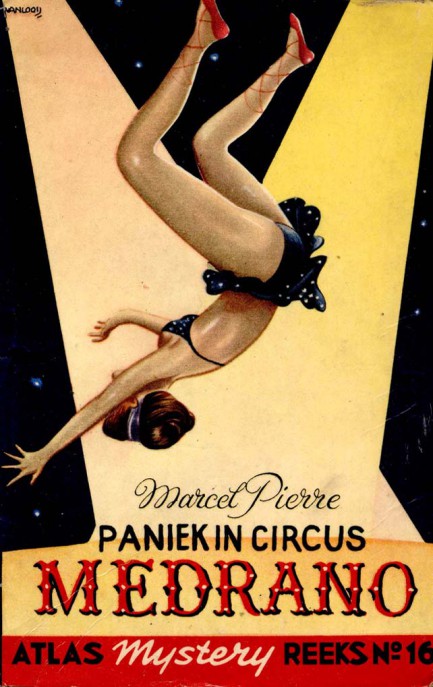
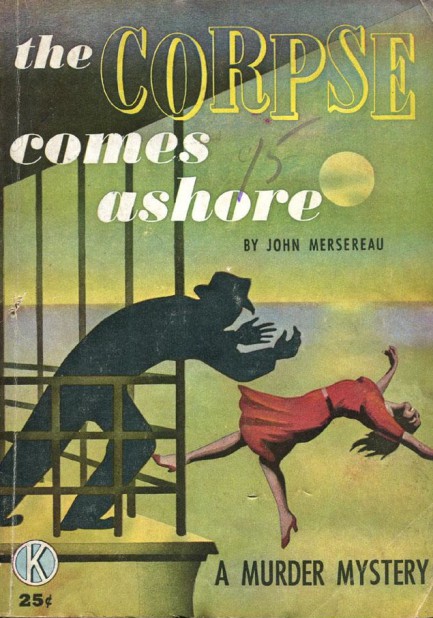
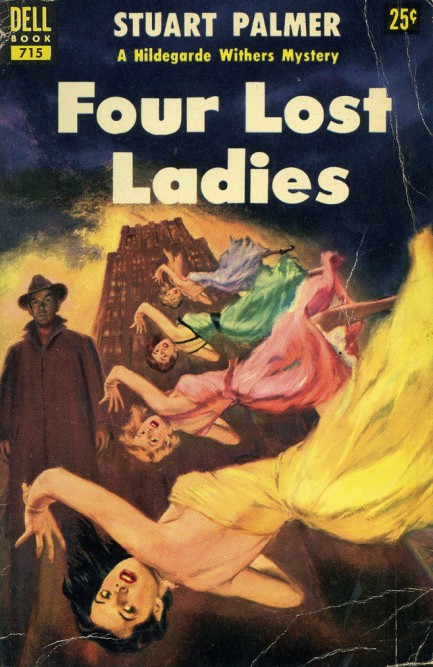
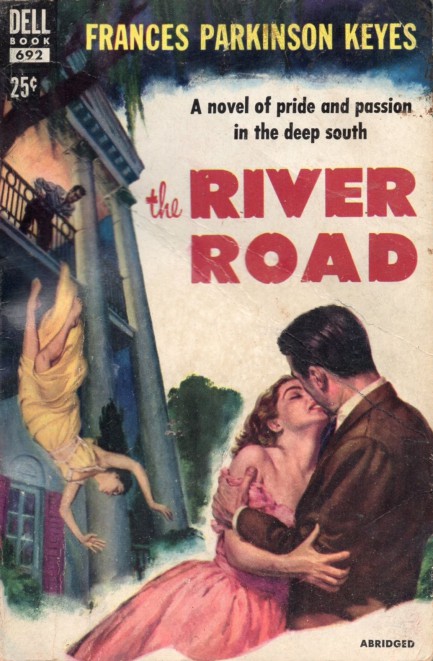
| Vintage Pulp | Jul 1 2013 |

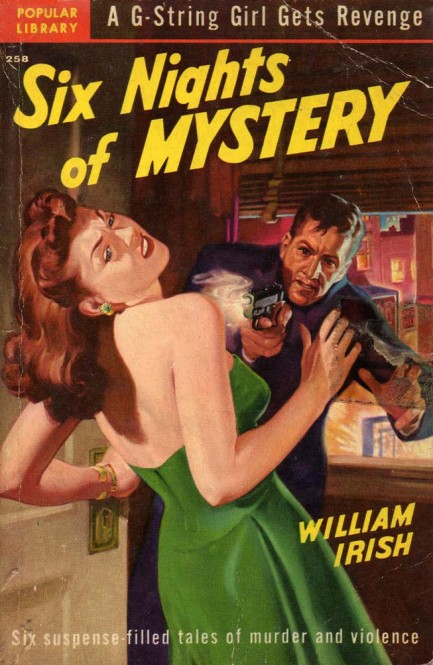
Above, the cover art from William Irish’s, aka Cornell Woolrich’s six story anthology Six Nights of Mystery, 1950, with excellent art by Rudolph Belarski. Both parties actually lose out here. Yeah, the woman gets shot. Painful, no doubt. But the guy? He can just forget about ever winning another argument. Fifteen years later she’ll still be on his ass about this little mishap and he’ll be like, “For the love of God! I shot you once! One time! Do I have to hear about it for-fucking-ever?”
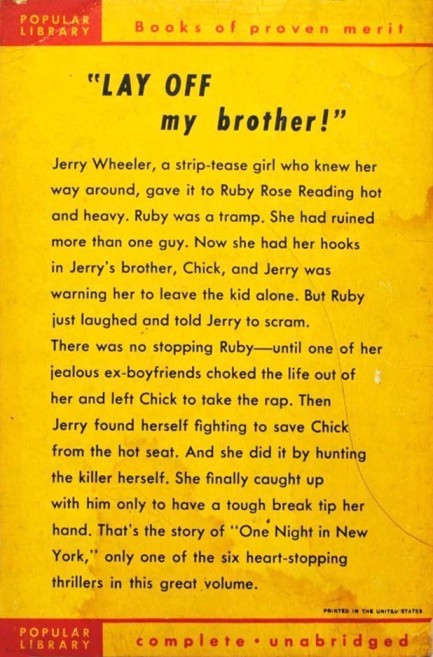
| Vintage Pulp | Aug 9 2010 |

Below, fifteen pieces of pulp art with terror as their central theme. The cover in panel three from Erle Stanley Gardner is the German version of 1948's Perry Mason and the Case of the Vagabond Virgin, retitled Perry Mason und die Unschuld vom Lande, or Perry Mason and the Innocence of the Country.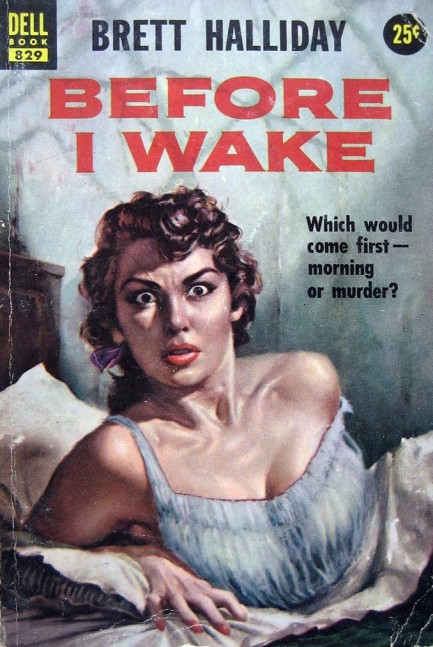
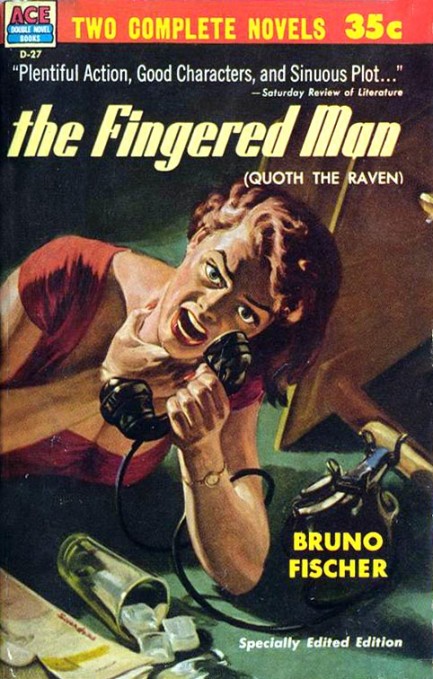
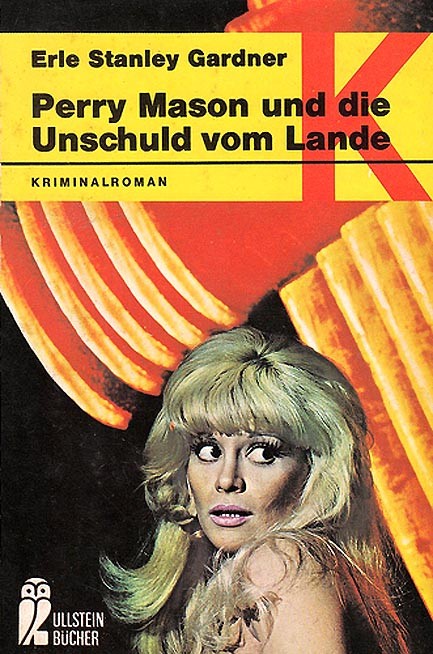
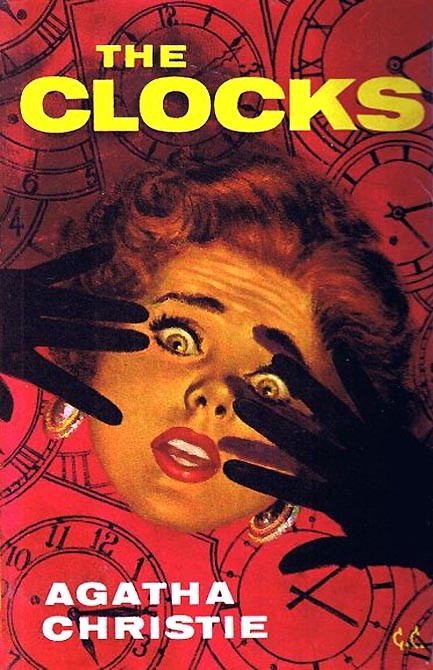
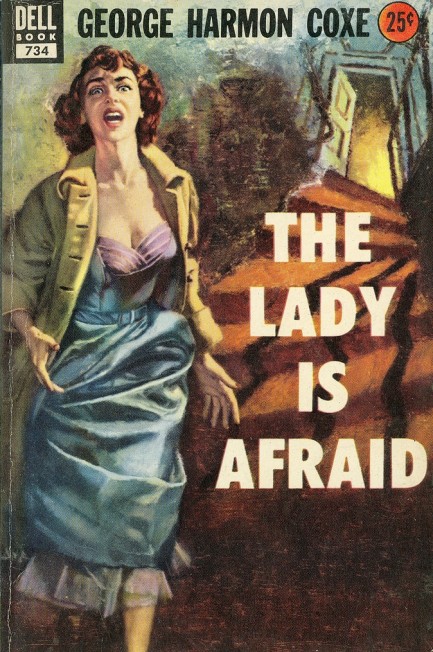
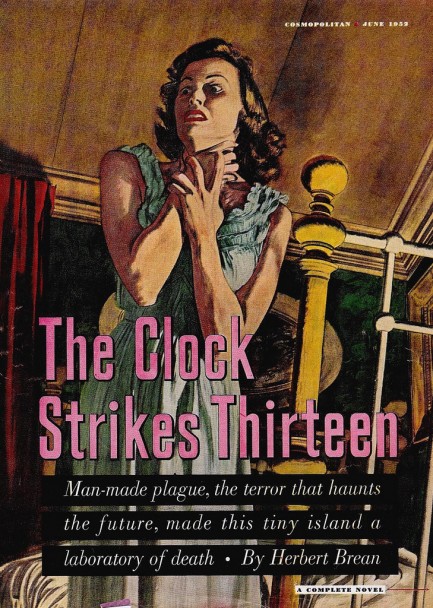
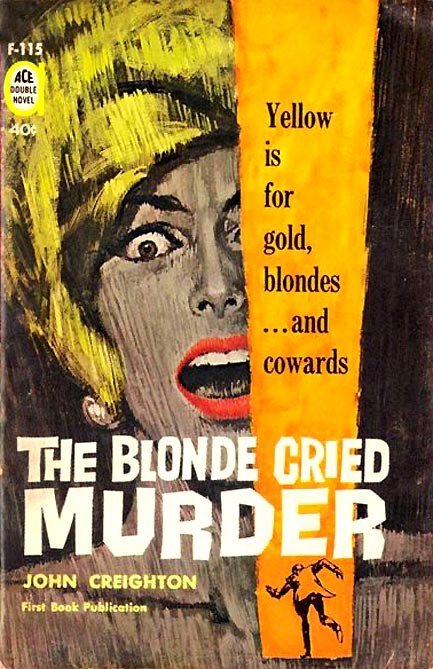
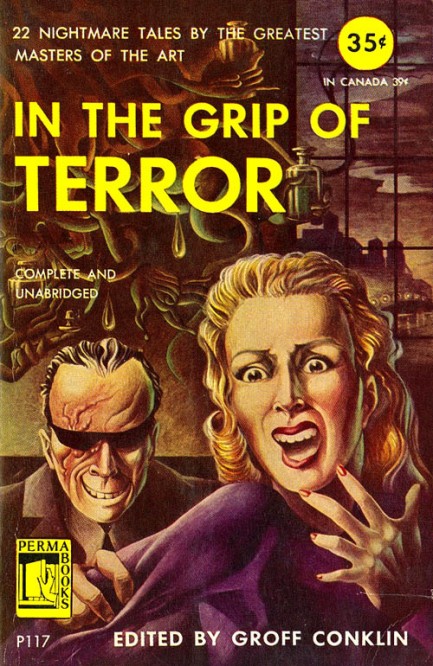
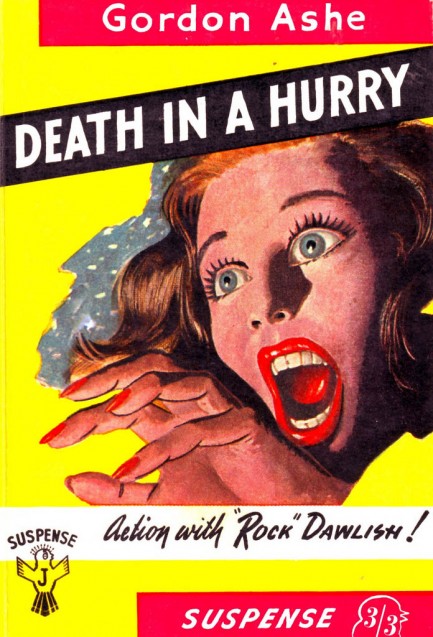
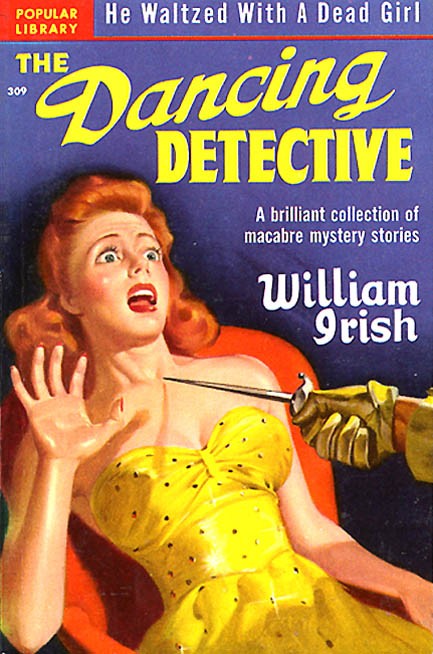
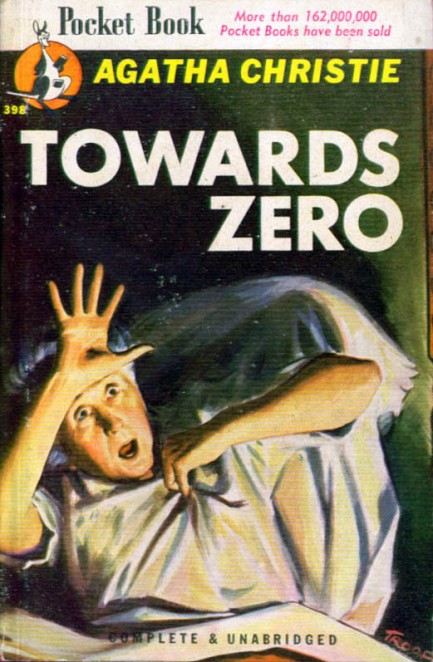
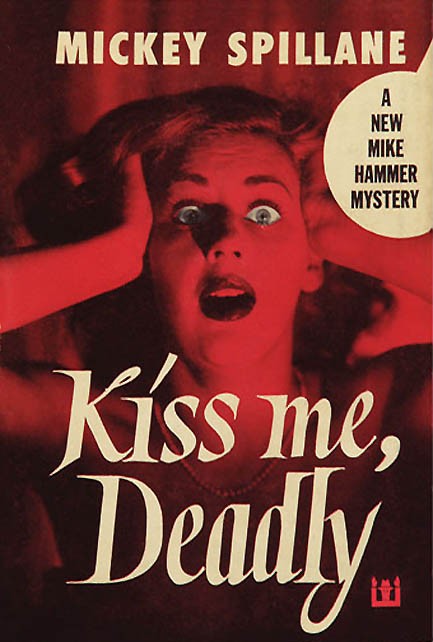
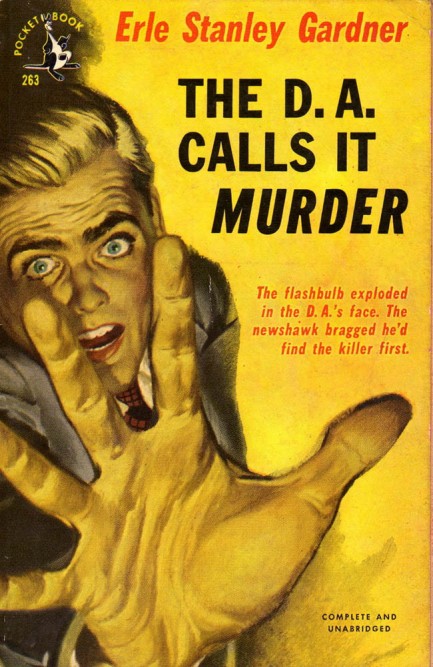
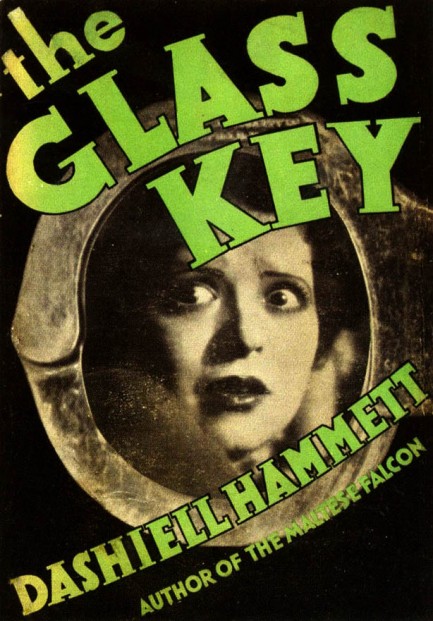
| Vintage Pulp | Jan 13 2010 |

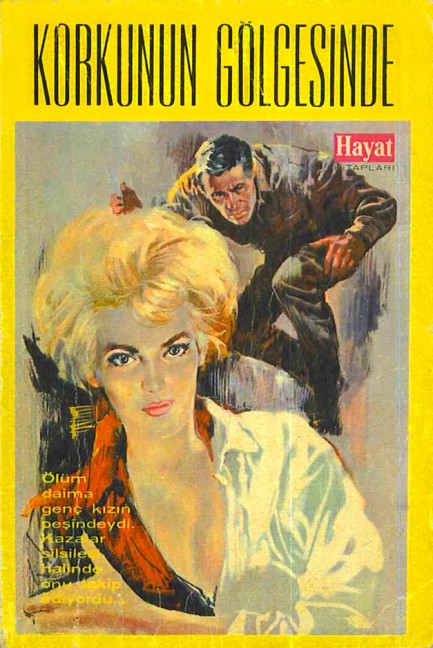
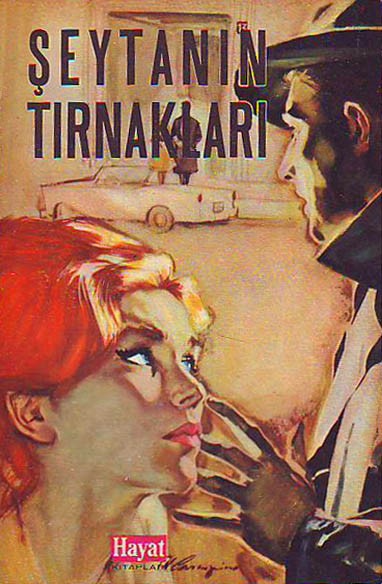
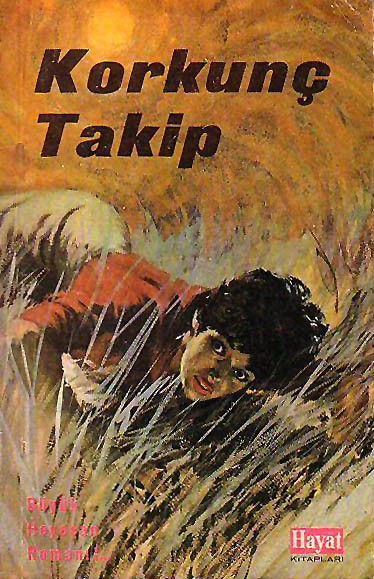
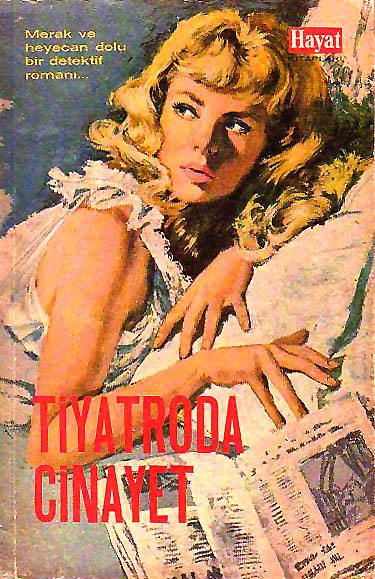
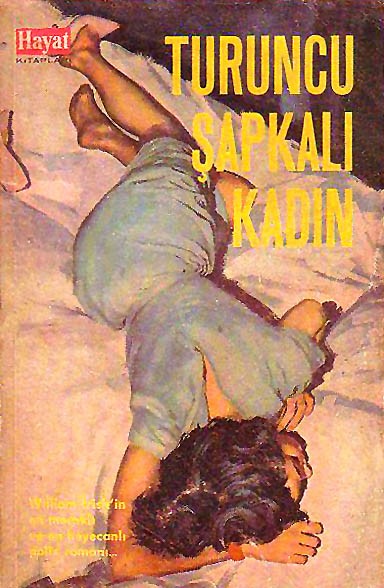
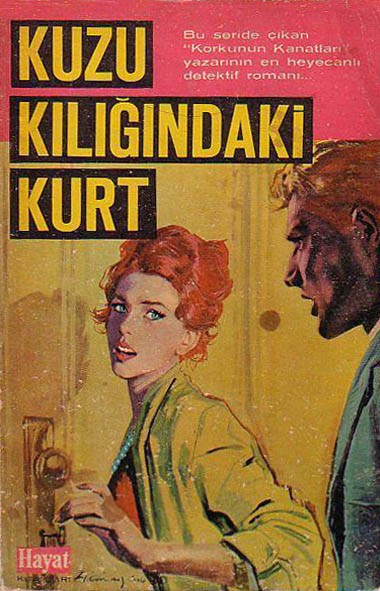
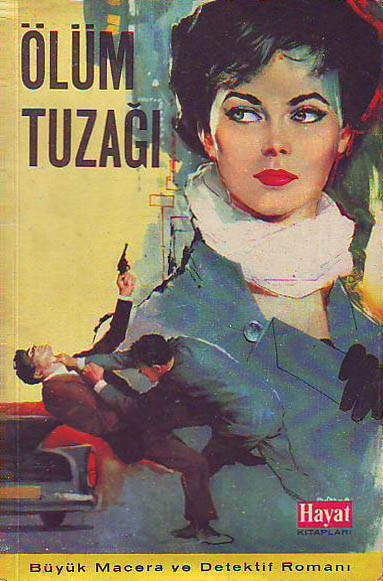
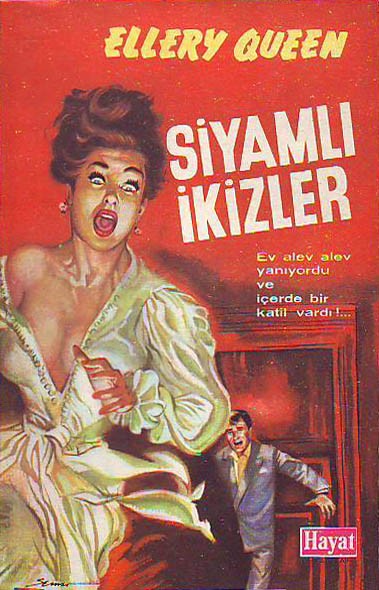
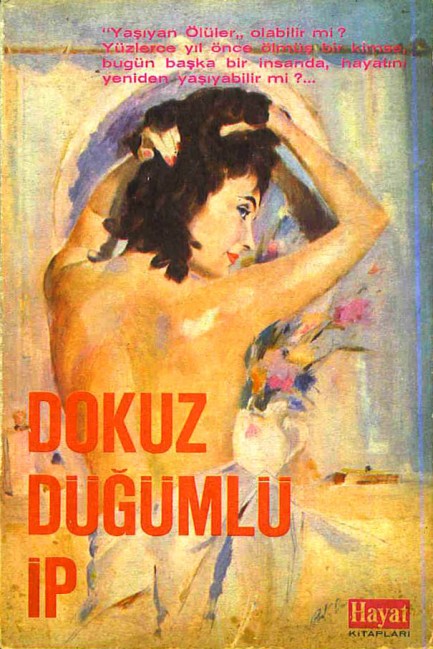
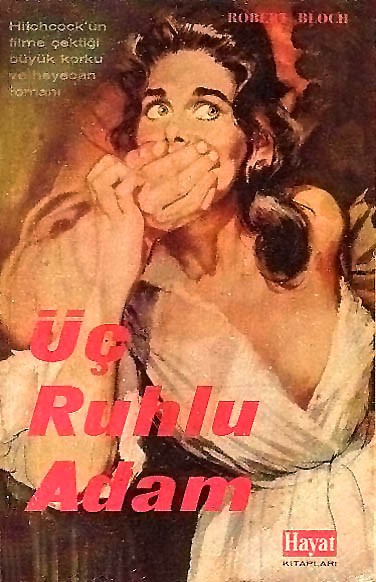
Assorted Turkish language pulps published by the pop culture magazine Hayat, circa 1960s and early 1970s. The authors are, top to bottom, Allison L. Burks, Gerald de Jean, William McGivern, Ngaio Marsh, William Irish, Mignon G. Eberhart, Nora Roberts, Ellery Queen (aka Frederic Dannay and Manfred Bennington Lee, aka Daniel Nathan and Manford Lepofsky), John Dickson Carr, and Robert Bloch.




































































